Salisbury train crash 2021: latest on Wiltshire tunnel rail accident, who was the driver, and what caused it?
This article contains affiliate links. We may earn a small commission on items purchased through this article, but that does not affect our editorial judgement.
and live on Freeview channel 276
Two trains collided in a tunnel in the southern English city of Salisbury on Halloween.
The incident left nearly 100 passengers needing to be evacuated from the stricken carriages and saw one of the train drivers suffer “life-changing” injuries.
So what happened - and what condition is the driver in?
Here is what you need to know about the accident.
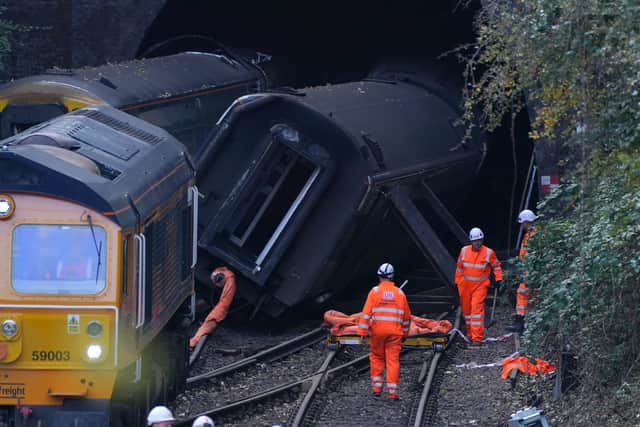

Where in Salisbury did the train crash happen?
The train crash happened in the city of Salisbury.
Advertisement
Hide AdAdvertisement
Hide AdIt occurred in the Fisherton Tunnel, which is approximately 600m to the north east of the city centre and roughly a mile away from Salisbury’s railway station.
The trains collided at the eastern edge of the tunnel, close to the A30 London Road.
Salisbury is a key rail transport hub, connecting Wales and the South West of the UK to London and the south coast.
Most rail services to and from Salisbury were cancelled in the aftermath of the incident.
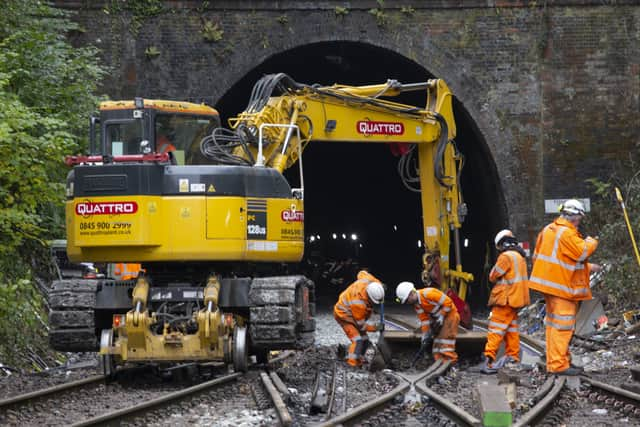

Advertisement
Hide AdAdvertisement
Hide AdBut train services from Salisbury to towns and cities in the South West, including Exeter, Yeovil and Bristol, resumed on Tuesday 2 November.
Trains to London and the south coast out of Salisbury restarted on Tuesday (16 November), more than two weeks after the incident.
To get the line up and running again, Network Rail had to lay 900m of new track and 1,500 new sleepers - which hold the rails in place.
However, signalling problems hampered the line after its reopening, causing many services to be cancelled or delayed.
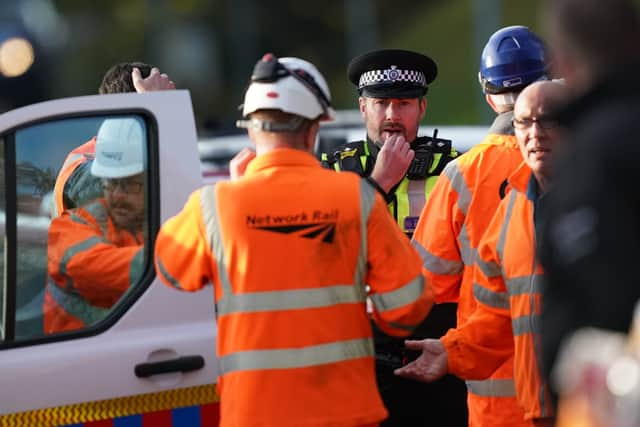

How many people were injured?
Advertisement
Hide AdAdvertisement
Hide AdIn all, 92 people were evacuated from the two trains, according to the British Transport Police (BTP).
The BTP’s statement revealed the driver of the SWR service, who was trapped in the wreckage after the incident, had sustained injuries that were “life-changing”.
The driver - 74-year-old Robin Tandy - had been driving trains in the area for more than 50 years.
No fatalities occurred but some passengers sustained minor injuries.
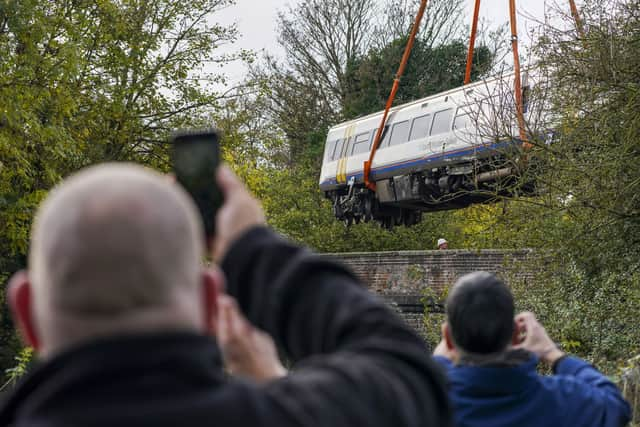

Advertisement
Hide AdAdvertisement
Hide AdAround 30 people received light treatment at a nearby church which had been repurposed as a casualty centre.
According to the Salisbury NHS Foundation Trust, 13 people were then taken to hospital for treatment.
Four of the casualties were kept in hospital overnight for what the Trust described as minor soft tissue injuries.
What caused the train crash?
Pictures from the crash site appeared to show two trains on the same section of rail, with one of the train’s carriages leaning at a 45-degree angle.
Advertisement
Hide AdAdvertisement
Hide AdThe services involved in the crash were a Great Western Railway (GWR) service from Portsmouth Harbour to Bristol Temple Meads and a South Western Railway (SWR) service from London Waterloo to Honiton.
Investigators believe the incident began when the GWR train suffered a minor derailment at a junction in the Fisherton Tunnel.
The SWR train, which was travelling in the same direction, then ploughed into the side of it after an attempt to stop at a red signal failed.
They collided at the point where the tracks merge and both derailed as they ran alongside each other.
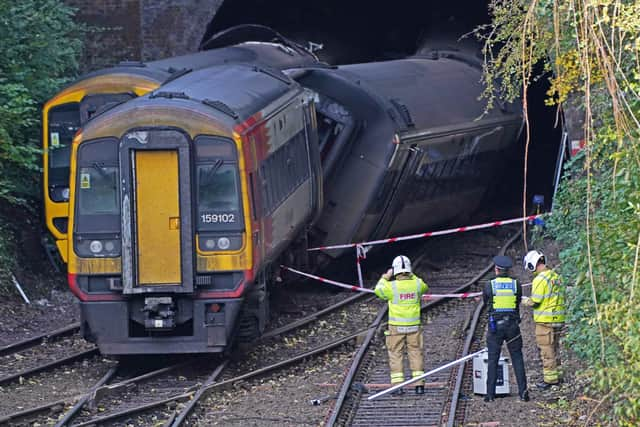

Advertisement
Hide AdAdvertisement
Hide AdThe Rail Accident Investigation Branch (RAIB) said it appeared the driver along with the automatic protection system of the SWR Honiton-bound service applied the brakes before the junction.
But the train failed to stop and slid for 220m before hitting the GWR train.
“The most likely cause of this was wheelslide, almost certainly a result of low adhesion between the wheels and the track,” Rail Accident Investigation Branch deputy chief inspector Andrew Hall explained.
Low adhesion between train wheels and rails can be a major problem during the autumn months when leaves fall onto Britain’s railway lines.
Advertisement
Hide AdAdvertisement
Hide AdTrains passing over these leaves can then create a thin, slippery layer, which has a similar effect to black ice on roads.
Robin Tandy’s employer, SWR, said the 74-year-old had acted in an “impeccable way in a valiant attempt to keep passengers safe”.
SWR managing director Claire Mann told PA the driver had “reacted correctly to the signals by braking to slow the train down”.
“We believe his actions went some way to preventing a much more serious incident and we wish him a speedy recovery,” she added.
Advertisement
Hide AdAdvertisement
Hide AdThe operator said Mr Tandy had an "excellent professional track record" and that all its drivers are “regularly assessed to the highest standards and he has fully satisfied all requirements”.
There is no legal retirement age for train drivers in Britain.
A driver can hold onto their licence as long as they pass regular medical and competence assessments.
Public transport health and safety regulator The Office of Rail and Road, the RAIB and the BTP have inspected the crash site, as well as on-board CCTV and data.
Advertisement
Hide AdAdvertisement
Hide AdThey will hope to take learnings from the accident to prevent similar incidents from occurring in future.
Group safety and engineering director, technical authority, at Network Rail Martin Frobisher said crashes like the one in Salisbury are “very rare” because, when they do happen, investigators “follow it up very, very carefully, and make sure that we do everything possible to prevent it for the future”.
Additional reporting by PA
A message from the editor:
Thank you for reading. NationalWorld is a new national news brand, produced by a team of journalists, editors, video producers and designers who live and work across the UK. Find out more about who’s who in the team, and our editorial values. We want to start a community among our readers, so please follow us on Facebook, Twitter and Instagram, and keep the conversation going. You can also sign up to our email newsletters and get a curated selection of our best reads to your inbox every day.
Comment Guidelines
National World encourages reader discussion on our stories. User feedback, insights and back-and-forth exchanges add a rich layer of context to reporting. Please review our Community Guidelines before commenting.
